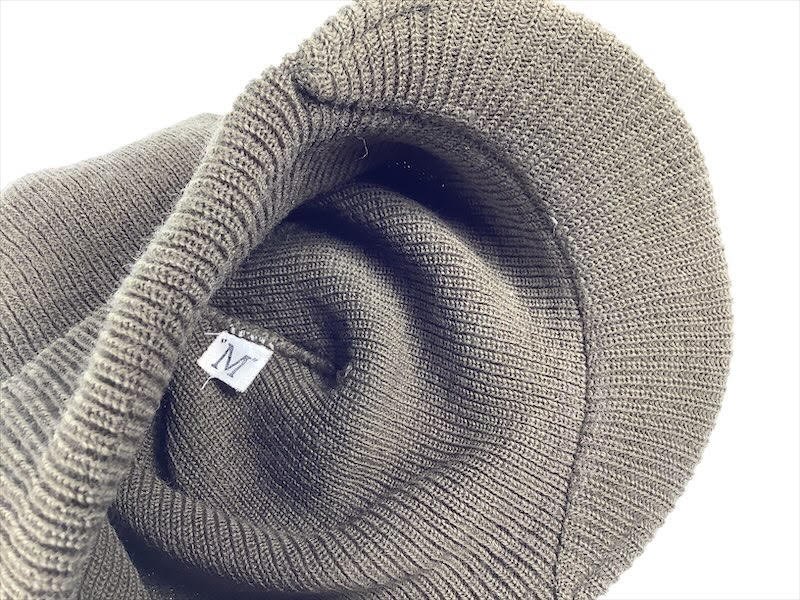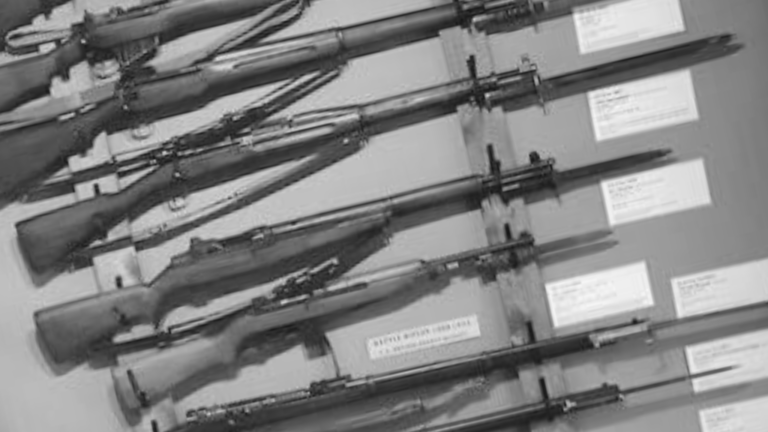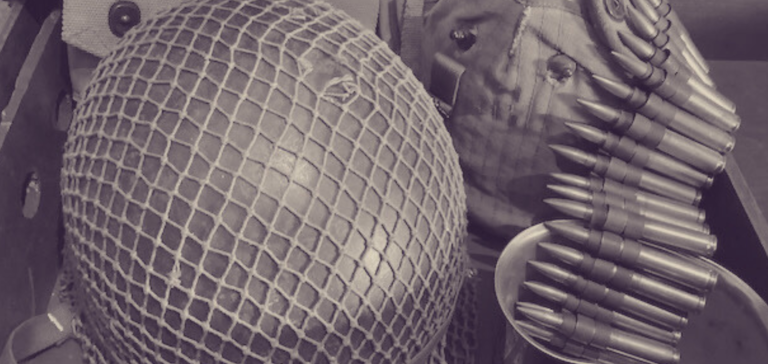WWI & WWII Militaria Markings Decoded: A Beginner’s Guide to Dates and Manufacturers
More often than not, militaria you buy will have a date printed or stamped on it.
If you’re new to collecting, you may not appreciate how much a legible date, and other militaria markings, enhances the value and sales appeal. Along with the date, most items will have “U.S.” on them, and some will have the manufacturer’s name or initials. Knowing which items have a date, or both a date and manufacturer name, will give you a good starting point when examining all its features.
This is where the reference books in Episode 6 comes in. The G.I. Collector’s Guide, in particular, shows a lot, but not all, of the markings on equipment and clothing. The tags of uniforms are shown as close-up insets so the type can be clearly seen.
That’s also the case with headgear. Most caps have tags, and those are clearly shown. Items with legible tags will usually cost more than those without. It’s quite common for tags to be missing, or so faded that nothing can be seen.

If you can’t find photos of the date and markings in a book, there are other ways to find them. One way is to do searches online and look at images. Another is to look for the item you’re interested in on sites that sell them, and if they’re available at different price levels, look for the highest price examples, as those will probably have every meaningful feature associated with them. Once you see what to look for, you can try to find an equivalent at a better price.
Rarely, there will be equipment that was issued without any markings at all. The pouch for the lensatic compass is one.

Speaking of the lensatic compass, early versions of the Superior Magneto compasses bore the manufacturer’s name, but not a date. In 1944 the year was added, as “44”. During that year, the month was added, as in “6-44”. This format continued throughout the rest of the war.

The lensatic compass made my Gurley was devoid of any markings on the case whatsoever.

There are several other compass types that had manufacturer’s names but no dates. A wide variety of WWI and WWII US Army compasses and markings will be featured in a separate article.
While all caps had tags, there was one exception, that being the Jeep cap, aka the Radar O’Reilly cap. If you are on the hunt for one of those, the tag to look for has only a single letter on it, indicating the size, as in “M” for medium. Some of these caps for sale will have the tag, but you’ll see some where it’s missing.


Some items that are a set, such as the entrenching tool (shovel) and carrier, had dates stamped into the shovel blade and printed on the carrier. Another bivouac item, the pick mattock, had the date imprinted into the wood handle, cast into the pick blade and printed on the cover. Those dates, often times, won’t match.


Another item that had a variety of marking formats are whistles. Plastic ones often had dates and the manufacturer’s name or initials, while brass whistles did not have dates but did have a reference to the type, such as “REGULATION”, and sometimes the manufacturer and country.

One item that always had a date was the canteen. No matter what type, if it was manufactured during WWII, it had a date stamped on the bottom, and sometimes on the back.

The most common date found on WWII US canteens is 1942. Canteens dated 1941 are rare and sought after.
Complete and legible markings on your purchases should be a priority, if affordable. There are times when a compromise has to be made, and you buy the item with no tag or markings, so you have an example, as opposed to having none at all.
The denim Daisy Mae caps, issued from WWI up to the start of WWII are very rare. I had no problem passing on a minty one, with a tag from WWI, that sold on an eBay auction for over $900. I’m happy with this example, missing its tag, that I found for $149.


There is much more that could be covered concerning dates and markings. The purpose of this article is to point out that there are such features, and that they vary, even among similar types of items, such as compasses.
When you’re interested in an item, learn what markings it was normally issued with, before you make a decision to purchase it.







One Comment